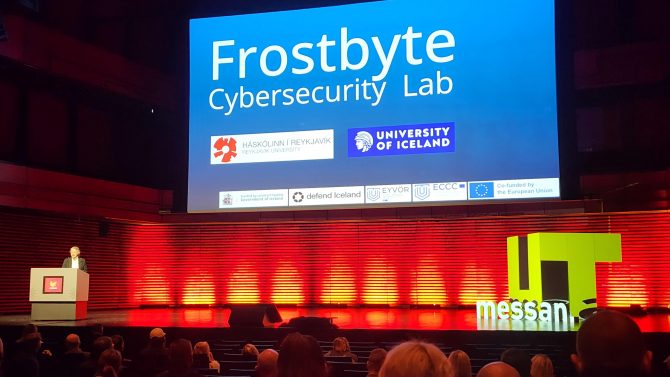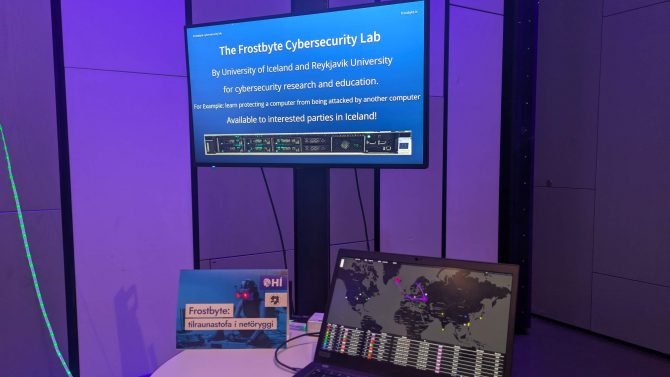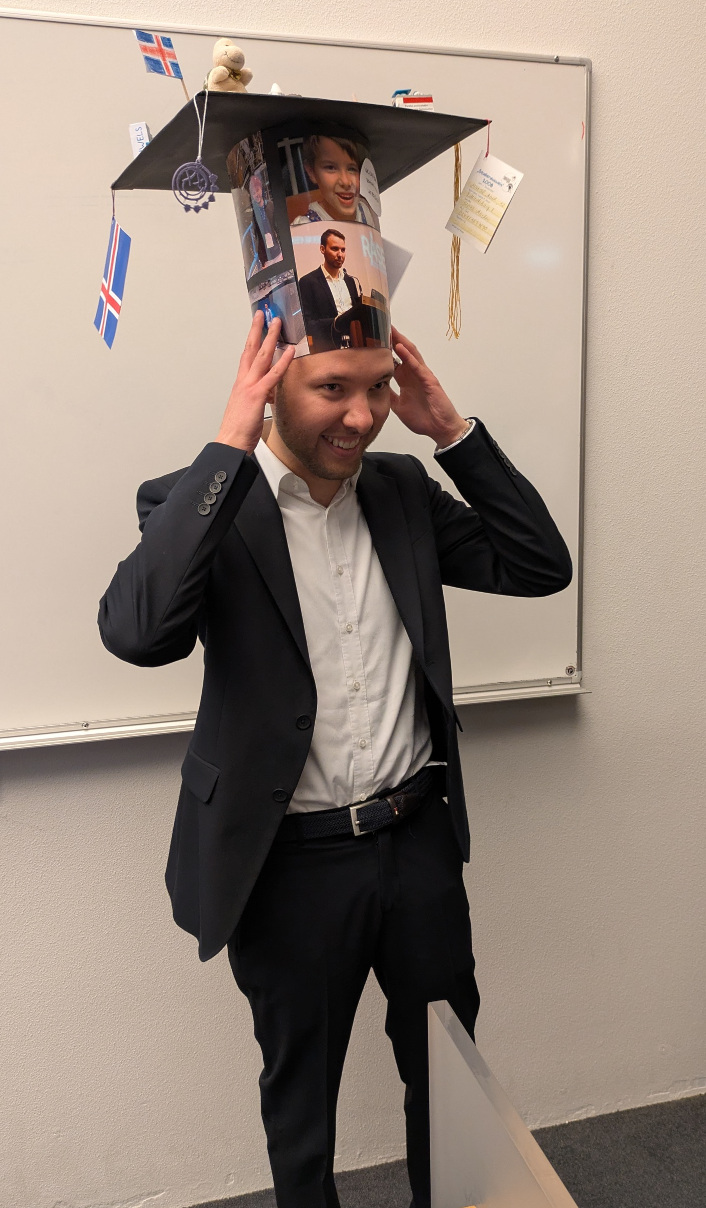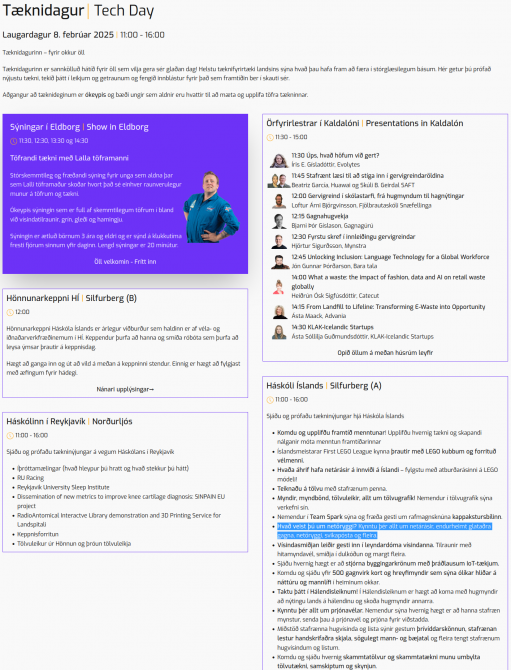Publishers, such as IEEE, typically allow to publish pre-prints (initial submission) or post-print (with reviewer comments considered, but without further editing by the publisher) on your home page or even arXiv.
(BTW: you may also include them in your thesis.)
But they want to have their copyright information added ("prominently displayed") before you upload a paper to arXiv, namely according to section 8.1.9 of their IEEE Publication Services and Products Board Operations Manual 2024:
“© 20xx IEEE. Personal use of this material is permitted. Permission
from IEEE must be obtained for all other uses, in any current or future
media, including reprinting/republishing this material for advertising or
promotional purposes, creating new collective works, for resale or
redistribution to servers or lists, or reuse of any copyrighted
component of this work in other works.”
What you need to do for IEEE:
LaTeX changes
In the LaTeX source, add (for a "copyright 2025" IEEE publication):
\usepackage{tikz}
\newcommand\copyrighttext{%
\footnotesize \textcopyright 2025 IEEE. Personal use of this material is permitted.
Permission from IEEE must be obtained for all other uses, in any current or future
media, including reprinting/republishing this material for advertising or promotional
purposes, creating new collective works, for resale or redistribution to servers or
lists, or reuse of any copyrighted component of this work in other works.}
\newcommand\copyrightnotice{%
\begin{tikzpicture}[remember picture,overlay]
\node[anchor=south,yshift=10pt] at (current page.south)
{\fbox{\parbox{\dimexpr\textwidth-\fboxsep-\fboxrule\relax}{\copyrighttext}}};
\end{tikzpicture}%
}
and change \maketitle to
\maketitle
\copyrightnotice
Be careful of not having unnecessary extra spaces, e.g., before adding the copyright notice, my LaTeX code typically is (note the blank line between \maketitle and \begin{abstract}):
\maketitle
\begin{abstract}
and after adding the \copyrightnotice, keeping the above blank line would add extra space in the layout (so that the original text would not fit anymore on the title page), so the result needs to be without a blank line:
\maketitle
\copyrightnotice
\begin{abstract}
Note that, as of 2025, arXiv uses by default pdflatex 2025 and related classes/packages (but you can configure this), so if you want to preview locally your changes, take care to have the same pdflatex 2025 and LaTeX classes/packages versions -- when used locally an older version, I got a different page layout! (While the pdflatex version itself should not be the culprit, the LaTeX distributions from different years ship with different classes/packages that may have different settings, leading to different layouts.)
arXiv submission best practises
As license in the arXiv web forms, use arXiv org perpetual, non-exclusive license if IEEE owns in fact the copyright.
The Comments section of arXiv web forms, is the proper field for "to be published in" or "submitted to" information, including inclusion in conference proceedings. Please note that such metadata entries will be frozen into this version, and are not editable afterwards, except for creating a completely new version of the arXiv submission. (I therefore do typically not update the "to be published in" into "published" in.)
In addition to the official arXiv documentation how to submit, you can find also Open Practices arXiv Guidance for First Time Users that contains screenshots of the submission process.
Zip the LaTeX sources and upload these to arXiv. Note that arXiv cannot handle filenames containing spaces. You also need to include the bbl file as arXiv will not run BibTeX! (May also need to add the used BibTeX style to your zip archive, e.g. IEEEtran.bst. The HTML version that arXiv will create, cannot deal well with the added box: I ignored that problem.
Leave no sensitive information in commented out LaTeX source code
Be careful: your uploaded LaTeX source code will be accessible to the general public, i.e. do not have sensitive information contained, e.g., in commented-out lines of your LaTeX code. There is an arxiv-latex-cleaner tool available.
All announced content is archival and cannot be removed. Make sure that data you do not want archived is not part of your upload, for example TeX comments in your source.
Paper password for co-authors
The submitter will get a paper password that needs to be distributed to all the co-authors, so that can claim ownership of that paper in arXiv. (This also helps to increase reputation at arXiv, so that future uploads by you might get approved faster -- while, if you submit with an email address from a known academic institution, you typically do not need endorsement, still the submitted paper needs to get approval at arXiv which typically takes 1-2 days.)
Do not forget to add later publisher's DOI
Once you have the DOI of the official publication, the publisher wants you to add their DOI to your arXiv submission metadata: In arXiv, use the Journal Ref field or to be more precise, the Journal version DOI: field for this in the arXiv web UI. Even this minor update might also take the usual 1-2 days at arXiv.
Other publishers
Elsevier
According to their Article sharing instructions, add:
© < year >. This manuscript version is made available under the CC-BY-NC-ND 4.0 license https://creativecommons.org/licenses/by-nc-nd/4.0/
(No need to mention Elsevier!)
Also, add a DOI to the publication (once available). Their Article sharing instructions are vague, but it seems to be sufficient to add the DOI in the metadata.
On adding DOIs
All publishers want to have the DOI of the official publication (once that DOI is available) shown somewhere. One might think, that they want to have it in your pre-/post-print PDF. But from what I have seen so far, this is very vague and publishers prefer to have that DOI rather in the metadata of arXiv (see above). The reason is most likely, that the metadata is machine processable (in contrast to a DOI hidden somewhere in your PDF).







